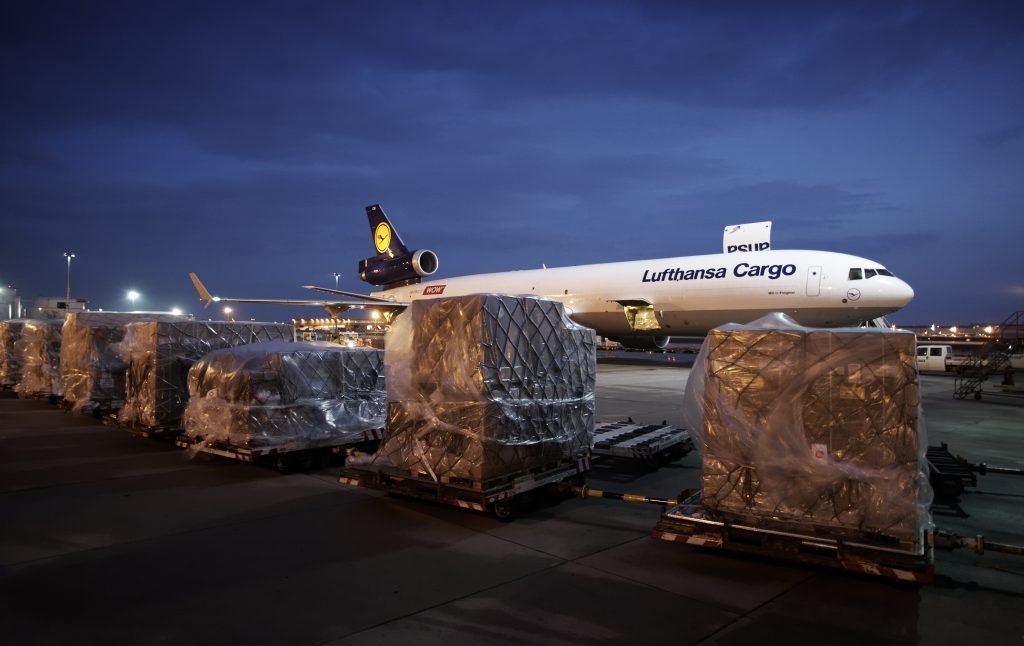World air cargo growth has for a number of years lagged behind container shipping growth due to a combination of factors, including higher demand for commodities that are typically shipped by ocean freight, faster growth at the low-value end of commodities such as T-shirts that reduces air cargo’s overall share and finally the sea conversion of “mature” products.
A study published earlier this year by Seabury, commissioned by the International Air Transport Association (IATA), revealed that air cargo volumes reduced by as much as 15 million tons since the start of the century, with modal shift accounting for approximately one-third of that sum.
But air freight is not necessarily the answer, notes Brandon Fried, Executive Director of the Airforwarders Association. In a recent letter to his constituents, he pointed out the following:
“Scheduled carriers are flying full and air charter rates inbound from Asia are through the roof. Furthermore importers who are trying to negotiate air cargo inbound from Asia during the next several weeks must be advised of realistic transit times, possible booking delays and cost expectations.”


